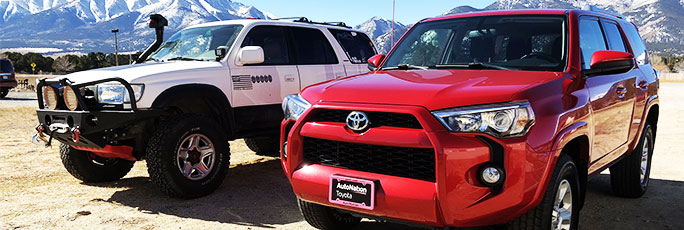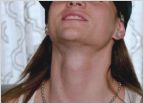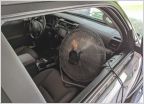-
Welcome to 4Runners.com!
You are currently viewing as a guest! To get full-access, you need to register for a FREE account.
As a registered member, you’ll be able to:- Participate in all 4Runner discussion topics
- Transfer over your build thread from a different forum to this one
- Communicate privately with other 4Runner owners from around the world
- Post your own photos in our Members Gallery
- Access all special features of the site
5th Gen 4Runner Overland Build
Discussion in '5th Gen 4Runners (2010-2024)' started by strannik, Feb 4, 2024.
Page 2 of 2
Page 2 of 2


 Has anyone used this mirror tap?
Has anyone used this mirror tap? Car seat covers that actually made for 4Runners?
Car seat covers that actually made for 4Runners? Dealership used wrong oil filter, how bad is this?
Dealership used wrong oil filter, how bad is this? I Hate My Key Fob
I Hate My Key Fob This damn musty smell!
This damn musty smell! Front license plate solution for CBI bumpers?
Front license plate solution for CBI bumpers?
















































































